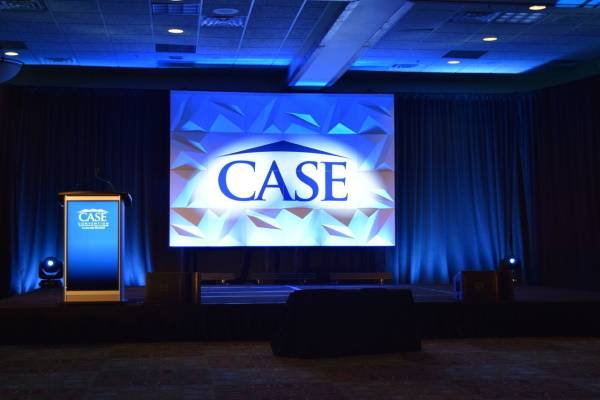Crucial Tactics for Maximizing the Durability of Your Light Emitting Diode Wall
Wiki Article
Light Emitting Diode walls are growing increasingly popular for various purposes, from marketing to entertainment. To guarantee that these screens operate effectively over time, it is crucial to implement strategies that extend their durability. Understanding the elements that influence the durability of Light Emitting Diode screens can help operators maintain their functionality and avoid unnecessary substitutions.
One of the main elements that can prolong the lifespan of an Light Emitting Diode screen is proper setup. It is crucial to have a professional team handle the setup procedure to ensure all components are properly connected. Inadequate installation can lead to power issues or mechanical damage. Additionally, the placement of the Light Emitting Diode wall should take into account surrounding factors such as light exposure and moisture levels. A properly set up display in a suitable location will reduce the chance of damage caused by external factors.

Regular upkeep is another key tactic to extend the life of an LED screen. This includes routine checks to monitor for any signs of wear or failure. Dirt and debris can accumulate on the surface of the Light Emitting Diode screens, impacting brightness and color quality. Wiping the displays with suitable materials will help maintain ideal clarity. It is also important to monitor the electronics behind the screen, making sure that all links are tight and that there are no heat issues, which can significantly reduce the durability of the parts.
Power management plays a vital role in improving the lifespan of an Light Emitting Diode wall. Over-voltage or unstable electricity supply can damage the internal circuitry. To prevent this, using a high-quality electric supply and putting in place surge protection measures is advisable. Additionally, setting the screen to function at reduced luminosity levels when high brightness is not required can lessen stress on the LEDs. This not only extends the lifespan of the wall but also saves power, making it a economical option.
Furthermore, program control can affect the functionality of Light Emitting Diode walls. Regularly updating the software that controls the screen guarantees that it operates smoothly and includes any essential security patches. Outdated software can lead to performance issues and may expose the setup to vulnerabilities. Proper scheduling of content can also help in managing the workload of the display, allowing it to rest during non-peak hours, which can contribute to a longer lifespan.
In conclusion, extending the durability of an LED wall involves a mix of appropriate installation, regular upkeep, effective power management, and careful program management. By focusing on these essential strategies, operators can guarantee that their LED screens stay functional and visually pleasing for many years. Implementing proactive straight from the source steps will not only improve the performance of the LED screen but also offer a greater return on cost over the years.